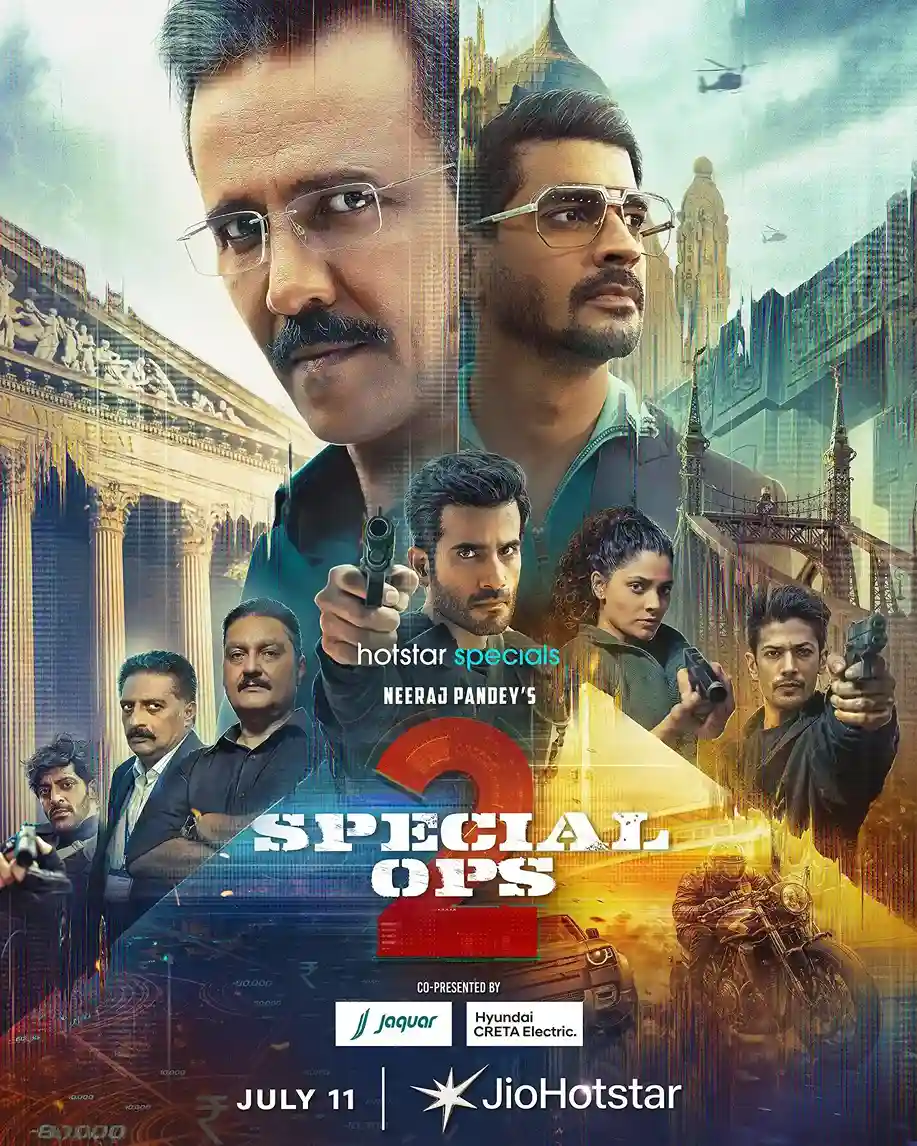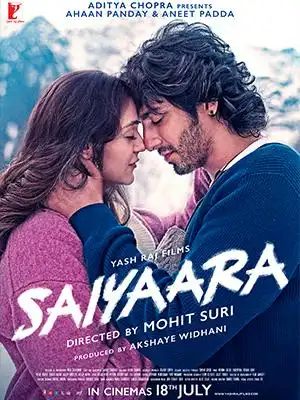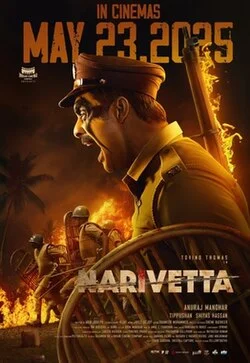Overview
Kesari Veer (2025) is a historical action drama that delves into the valorous tale of unsung warriors who defended the sacred Somnath Temple against invaders during the 14th century. Directed by Prince Dhiman and Kanubhai Chauhan, the film combines intense action sequences with emotional depth, aiming to resonate with audiences who appreciate stories of bravery and cultural heritage
Key Production Details
Authentic Set Designs: The production team meticulously recreated 14th-century settings, ensuring historical accuracy in architecture and costumes.
Action Choreography: Incorporated traditional martial arts and battle strategies to depict realistic combat scenes.
Visual Effects: Utilized advanced CGI to recreate large-scale battlefields and ancient structures, enhancing the visual storytelling.
Expected Release Platforms
Following its theatrical release, Kesari Veer is expected to be available on major OTT platforms such as Netflix, Amazon Prime Video, or Disney+ Hotstar, though official announcements are pending.
Promotional Materials
The film’s teasers and trailers have garnered significant attention, showcasing gripping battle scenes and powerful performances. Posters highlight the film’s epic scale and historical significance, while behind-the-scenes footage offers insights into the actors’ preparations and the directors’ vision.
What Is The Story About?
Kesari Veer follows Hamirji Gohil, a young warrior from Gujarat who rises against the Tughlaq Empire’s oppressive regime to protect the Somnath Temple and uphold his faith. The narrative explores themes of sacrifice, unity, and resistance, set against the backdrop of 14th-century India.
Synopsis of the Plot
Set in the late 14th century, Hamirji Gohil, witnessing the destruction of temples and forced conversions under Zafar Khan’s rule, seeks to unite the fragmented kingdoms of Gujarat. Despite initial setbacks, he rallies a small force to defend the Somnath Temple during Mahashivratri. Facing overwhelming odds, Hamirji’s unwavering courage becomes a symbol of resistance and faith.
Major Twists and Unique Plot Elements
A significant twist occurs when Hamirji’s plea for unity is rejected by other rulers, compelling him to confront the invaders with a significantly smaller force. The narrative emphasizes the power of conviction and the impact of individual bravery in altering the course of history.
Backdrop and Themes
Backdrop: The film is set in 14th-century Gujarat, a period marked by political turmoil and cultural upheaval.
Themes:
Sacrifice and Valor: Highlighting the personal sacrifices made for the greater good.
Religious Freedom: The struggle to preserve cultural and religious identity.
Unity Against Oppression: The importance of solidarity in the face of tyranny.
Casts and Crew
Performances or Cast
- Suniel Shetty as Vegdaji Bhil – A seasoned warrior and mentor to Hamirji, embodying wisdom and strength.
- Sooraj Pancholi as Hamirji Gohil – The protagonist, portraying a young leader’s transformation into a legendary hero.
- Vivek Oberoi as Zafar Khan – The antagonist, representing the oppressive forces threatening cultural heritage.
- Akanksha Sharma as Rajal – Hamirji’s love interest, symbolizing hope and resilience.
- Supporting Cast: Includes Barkha Bisht, Kiran Kumar, Aruna Irani, Shiva Rindani, Bhavya Gandhi, and others, each contributing to the film’s rich tapestry of characters
Actor Preparation and Behind-the-Scenes
Suniel Shetty underwent rigorous training in weaponry and horse riding to authentically portray Vegdaji Bhil. Sooraj Pancholi engaged in intensive physical preparation to embody the youthful vigor and determination of Hamirji Gohil. The cast and crew collaborated closely to ensure historical accuracy and emotional authenticity in their performances
Director’s Vision and Behind-the-Scenes Insight
Directors Prince Dhiman and Kanubhai Chauhan aimed to shed light on a lesser-known chapter of Indian history, focusing on the unsung heroes who fought for their beliefs. Their vision was to create a film that not only entertains but also educates and inspires, emphasizing the importance of cultural preservation and national pride.
Cinematography and Visual Style
Cinematographer Vikas Joshi employed a combination of sweeping landscape shots and intimate close-ups to capture the grandeur and emotional depth of the story. The visual style blends realistic portrayals of battle scenes with symbolic imagery, enhancing the narrative’s impact.
Music and Sound Design
Monty Sharma’s musical score integrates traditional Indian instruments with orchestral arrangements, reflecting the film’s historical setting and emotional arcs. The sound design emphasizes the contrast between the serenity of spiritual devotion and the chaos of warfare, immersing the audience in the film’s atmosphere.
Cultural Impact and Social Relevance
Kesari Veer addresses themes of cultural identity, resistance against oppression, and the significance of historical memory. By bringing attention to the sacrifices of forgotten heroes, the film contributes to a broader understanding of India’s rich and complex history, resonating with contemporary discussions on heritage and nationalism.
Audience Reception and Expectations
Anticipation for Kesari Veer is high, fueled by its compelling storyline, star-studded cast, and the public’s growing interest in historical narratives. Early promotional materials have been well-received, suggesting that the film will appeal to audiences seeking both entertainment and meaningful content.
Budget and Box Office (Expected) Collection
Budget: Estimated between ₹50 to ₹60 crores .
Expected Collection: While exact figures are speculative, the film’s scale and star power suggest a strong box office performance, potentially surpassing its production budget.
Conclusion
Kesari Veer is poised to be a significant addition to Indian cinema, offering a blend of historical authenticity, emotional storytelling, and powerful performances. Its exploration of unsung heroes and cultural resilience aims to inspire and educate, making it a must-watch for audiences interested in India’s rich heritage.





